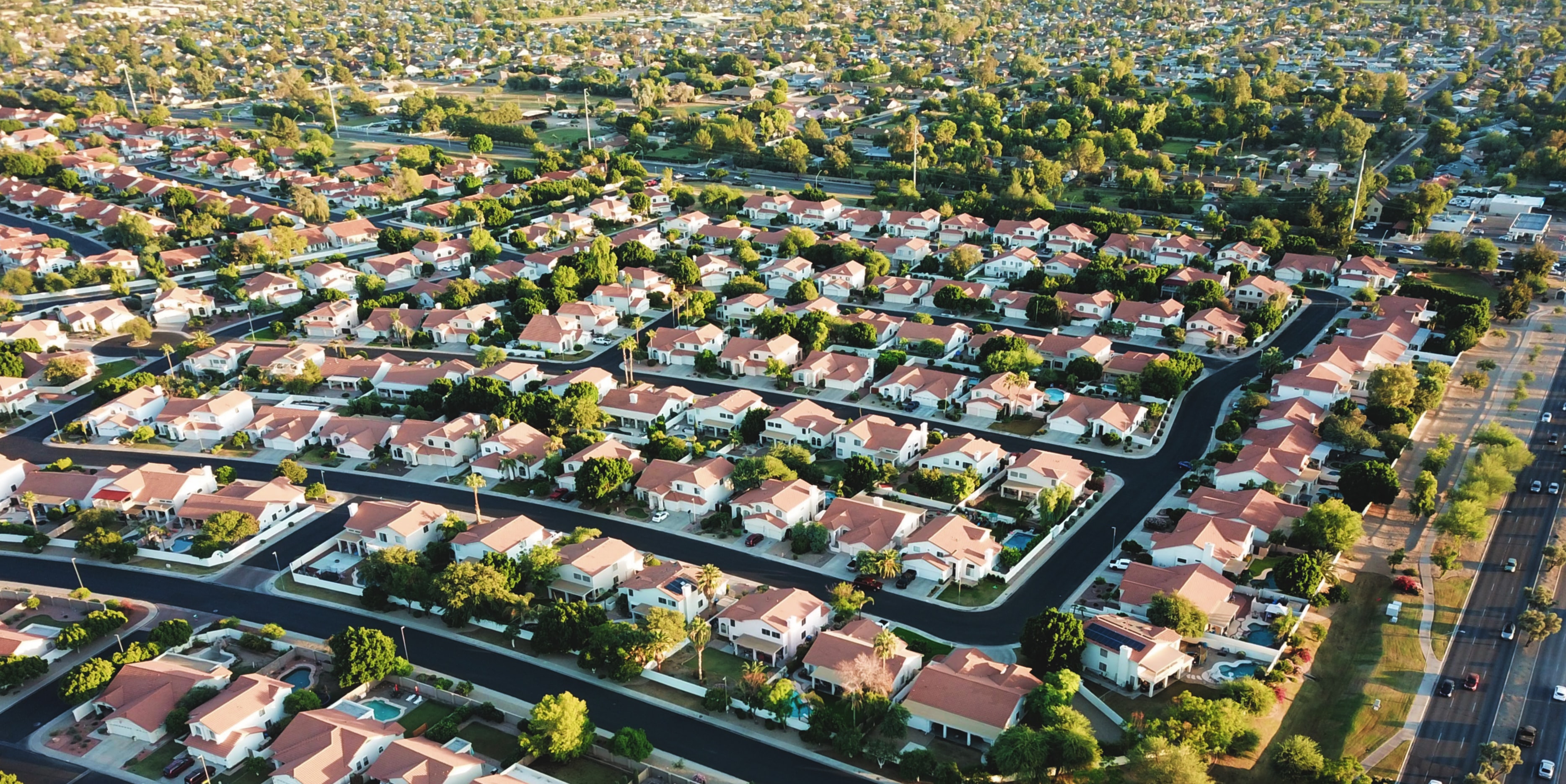How the Hidden Costs of Housing Affect Affordability

Rising home prices continue to put homeownership out of reach for many Americans. TheHill.TV reported in a recent episode that the median home price has jumped from $220,000 in 2010 to $331,000 in 2020. According to recent economic analysis by NAHB, more than half of U.S. households are unable to afford a $250,000 home, let alone a $331,000 home.
What factors are contributing to these rising prices? The Joint Center for Housing Studies’ “The State of the Nation’s Housing 2019” report points to the shortage of housing as a key factor putting pressure on prices and rents, especially for modest-income Americans. Builders are struggling to meet demand for new housing because of regulatory burdens, land and material costs, and labor shortages.
“Essentially you have three buckets of costs. One is land, one is soft costs, and one is what’s known as hard costs,” explained Andy Winkler, associate director of housing and infrastructure issues at the Bipartisan Policy Center, with hard costs reflecting labor and construction costs, such as the price of materials, and soft costs reflecting components such as fees, taxes, consultants and financing. “All of those things combine together to give you the price of an apartment or a house.”
Impact fees can be particularly cumbersome, observed Peter Van Doren, senior fellow and editor of Regulation journal at the Cato Institute.
“Some jurisdictions have impact fees — literally payments you make to the jurisdiction in return for the right to develop,” he noted. “If you want to build, you not only need the permission of the zoning board, for every unit you build, you need to pay the jurisdiction this much money. And again that raises the price.”
A 2017 Cato Institute study found that rising land-use regulations contributed to increases in home prices in 44 states, and zoning regulations contributed to home price increases in 36 states. NAHB estimates approximately 25% of the cost of a new single-family home and 32% of the cost of a multifamily development are attributed to regulatory costs.
Permits are another regulatory burden that can add to the price of a home. What used to take a few business days can now take weeks, sometimes even months, to obtain, builders noted, and cost up to $60,000 or more, depending on scope and complexity of the project. And that’s before anything has even been done on site.
This has made it harder to bring lower-priced homes to market, and is disproportionally affecting home-price appreciation, noted Frank Nothaft, executive, chief economist at CoreLogic.
“What we’ve seen when we’ve looked at price growth by price tier — comparing lower-priced homes with higher-priced homes — is price growth has actually been slower for the higher-priced homes,” he explained. “Higher-priced homes are seeing slower appreciation than lower-priced homes in part because there is new supply. And we’re seeing very little new construction adding to the supply of lower-priced homes.”
Young prospective home buyers in particular are having a hard time breaking into the market.
“It’s just becoming more and more difficult because, as home prices rise, you’ve got to save up for a downpayment and the closing costs,” he said. “That can easily amount to 10% or more of what the price of the home is. That’s a lot of cash, especially when young families have a lot of other expenses as well, such as student debt and auto debt.”
*Note: All articles have been redistributed from NAHBnow.com*
